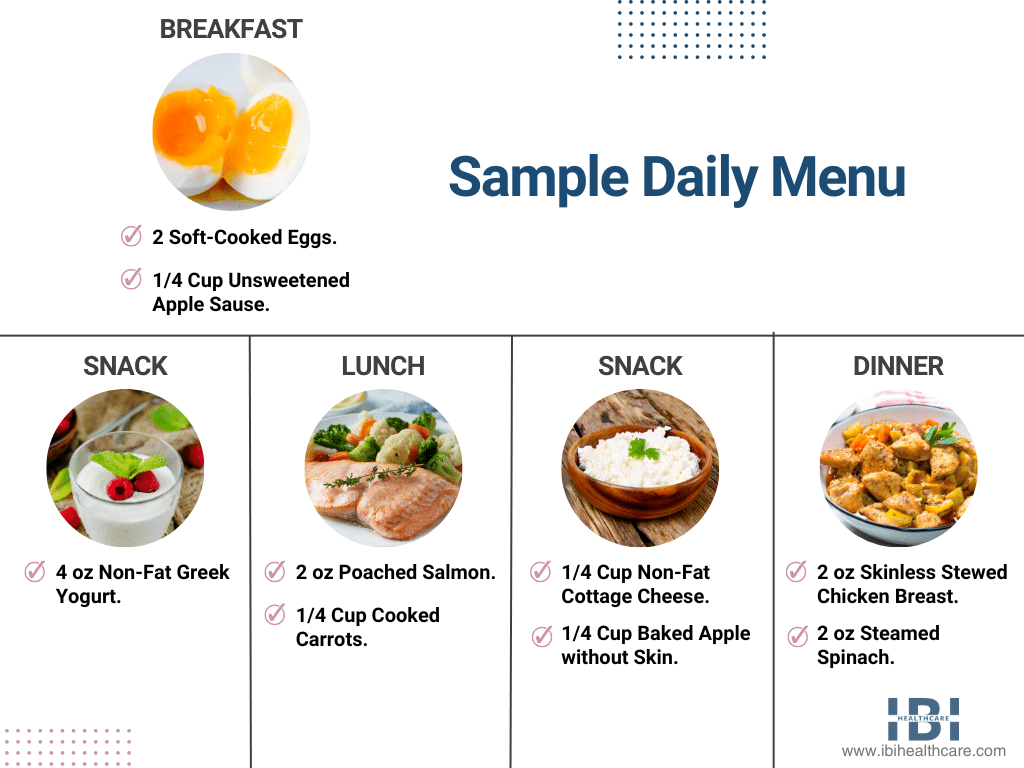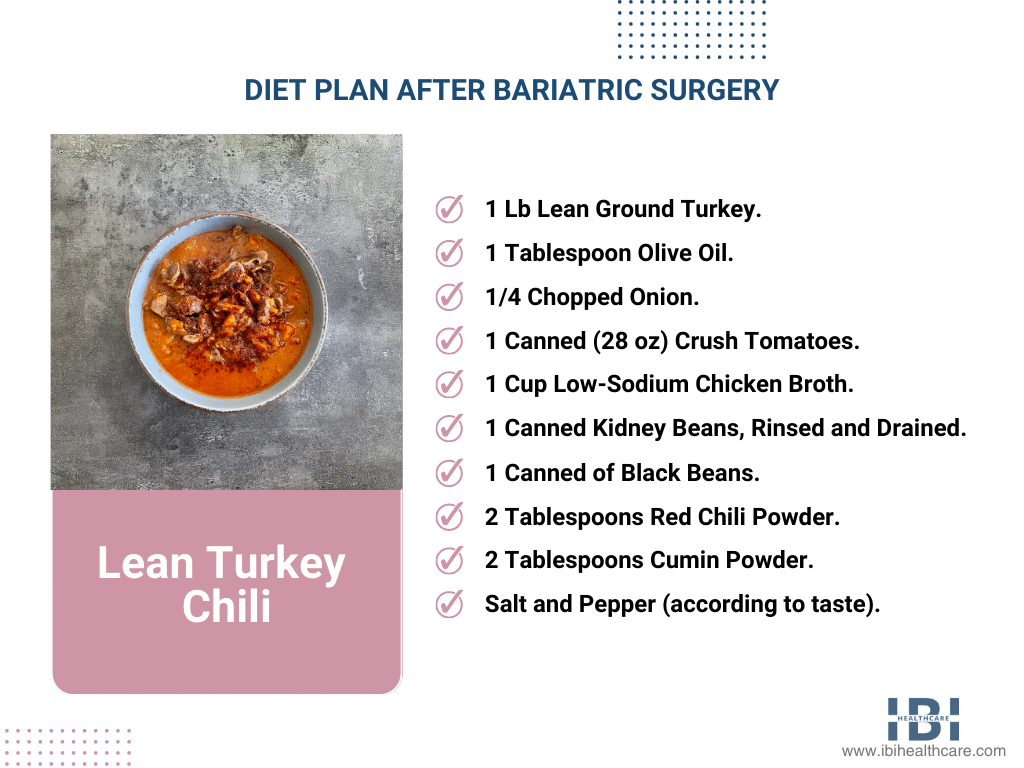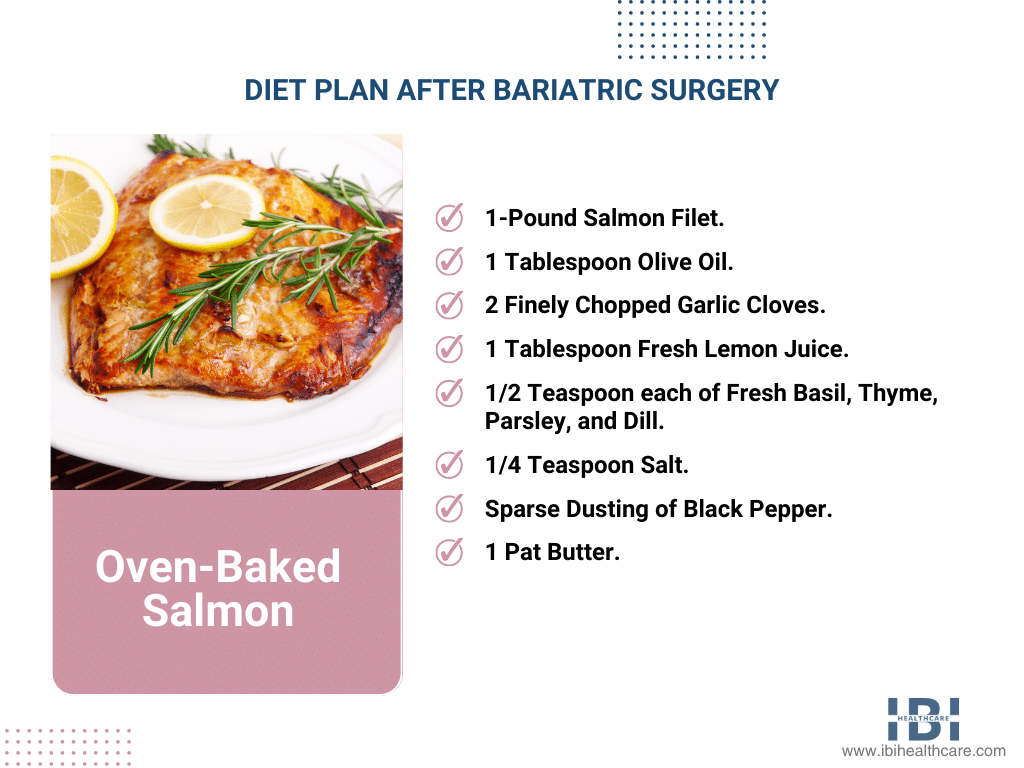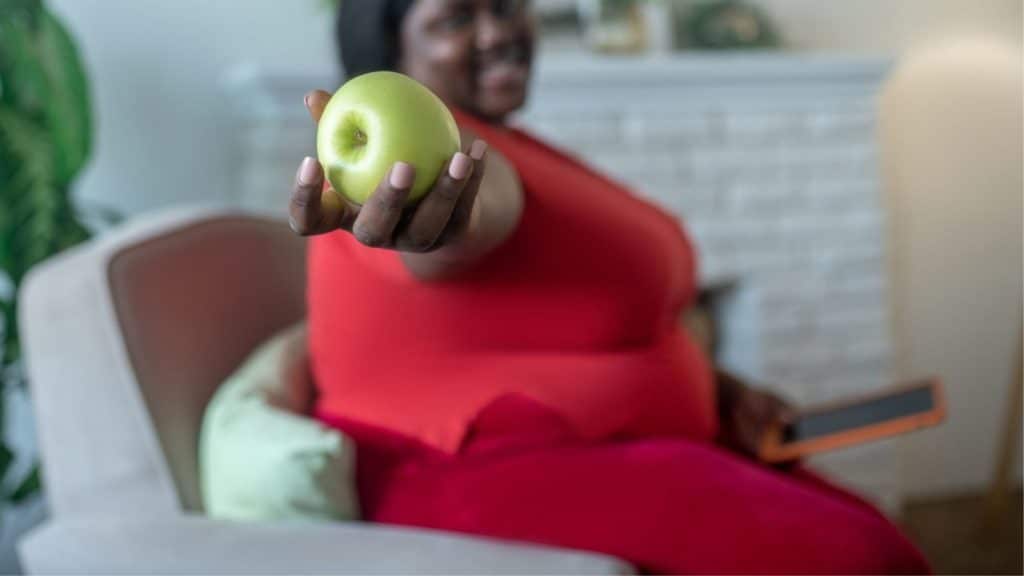After undergoing weight loss surgery your diet is drastically altered. You begin with liquids and work your way back to solids through a 4-stage approach. Today we are going to talk about stage 3, or the soft diet after bariatric surgery, and provide you with Bariatric Soft Food Recipes.
Why Do I Need to Follow Bariatric Soft Food Recipes?
After Bariatric Surgery, your stomach and digestive system need to heal and adjust to the new alterations that have been introduced. Although it may seem, for some, this means their stomach has been reduced to the size of a small pouch through surgery and a section of their digestive system has been rerouted to skip a large portion of the small intestine and normal digestion process.
However, as the digestive system heals and the body grows accustomed to working with just the pouch (reduced stomach), nourishment is introduced slowly beginning with liquids, then purees, and now the next phase of soft foods. Equally important, this phase is necessary to ease your stomach back into digesting whole foods.
How is Bariatric Soft Food Recipes Different from Pureed Food?
Soft Food is in a more solid state when you put it into your mouth and will be broken down into a mush-like consistency through chewing. However, you do not want to swallow any lumps or pieces that are not fully chewed.
Pureed Food or Mechanical Soft Diet has been blended and is in a thickened but still almost liquid state and requires no chewing. The soft foods you eat during this phase can easily be mashed with a fork and the remainder of the work to prepare it for digestion will be done through your chewing.
How Long Do I Have to Be on the Soft Food Diet?
The length of time you have to remain on the soft food diet depends on the type of bariatric surgery that you have had. Nonetheless, each bariatric surgery center will have preferences and guidelines but the time frame can range anywhere from 3-12 weeks.
Basic Requirements during the Soft Food Phase
Protein
It is the most important element in your new diet is protein. Granted that, it has to be consumed first followed by vegetables, fruit, and carbohydrate if allowed. The amount of protein required during the soft food phase is 50-60 grams for women and 60-70 grams for men. Eat protein first during meals and use protein supplements between meals if needed to meet your daily protein requirement.
Meal Size
It should be no more than 3 oz total – this is the maximum amount but if you feel full before you have eaten 3 oz stop eating. Overeating will not only stretch your stomach size but can cause unpleasant and painful side effects.
Vitamin and Mineral Supplements
They are important to avoid malnutrition you must remember to take your daily supplements.
Fluids
Do not drink anything during meals. Drink 64 ounces of liquid each day, half water, 30 minutes before and after meals.
What Can I Eat on a Soft Diet after Bariatric Surgery?
Can bariatric patients eat baked potatoes? These are just a few of the many questions that we hear daily. Following are some guidelines for determining which foods can and cannot be eaten during the soft foods phase after weight loss surgery.
Bariatric Soft Food Recipes, Diet Plan, and Portions
Keep in mind, that you are just starting to put semi-solid foods into your new reduced-size stomach that is still healing. Over the next few weeks, your stomach and digestive system will become more accustomed to processing these foods and you will be able to introduce more variety in the solid food stage.
However, it is recommended that you introduce one new food at a time so it will be easier to identify food sensitivities and avoid unpleasant side effects.
Always Eat Your Protein First
To ensure proper nutrition, you must eat your foods in a certain order. Always eat your protein first, eat your vegetables, and finally, your healthy carbohydrates if they are allowed during this phase.
In addition to this, you can supplement your diet with a Protein Shake as a meal or a snack, if needed, to meet your daily protein goal. Furthermore, make sure you are taking all your prescribed supplements. Wait 30 minutes before and 30 minutes after eating to drink.
Sample Soft Foods Diet Plan After Bariatric Surgery (3 Weeks)
| Order | Sample Soft Foods |
|---|---|
| Eat First Proteins 1 1/2 – 2 oz |
|
| Eat Next Veggies/Fruits 3 Bites |
|
| Eat Last Healthy Carbs* | Fruits or grains or starchy vegetables, such as:
|
| Avoid |
|
*As a matter of fact, some bariatric doctors wait to introduce these during the solid food phase.

*Remember to drink in between meals. Set a series of alarms on your phone to help keep you on schedule.
Diet Plan After Bariatric Surgery
Today, you can find numerous resources offering tasty recipes designed with weight-loss patients in mind. The guidelines provided by different bariatric centers and doctors can vary during the first 3 phases of the Post-Operative Diet. When choosing recipes use or adapt the ones you like to fit the plan provided to you.
A fantastic resource to find tasty healthy recipes is a long-running blog written by a bariatric surgery weight loss patient. She began documenting her weight loss journey from the very beginning and offered recipes for all phases along the way. Check out her Blog!
Here are a few recipes to get you started during the soft foods phase of your post-weight-loss surgery diet. You can adapt it for just one person, freeze extra, or serve the family.
Lean Turkey Chili
This recipe is tasty enough that the family will probably enjoy it right along with you!

Saute onion in olive oil until soft and clear – take out of the pan and set aside. Add turkey and cook thoroughly. Add in spices, cooked onion, tomatoes, broth, and beans. Finally, cover and let cook on low for 35-40 minutes.*
*You can cook this chili in an instant pot for 10 minutes or in a slow cooker crockpot for 6 hours on low.
Oven-Baked Salmon
This recipe is nutritious enough to revitalize and boost your energy levels!

Preheat oven to 400. Lightly grease a large piece of foil with olive oil, and place the salmon fillet on top. If you have more than one fillet lay them next to each other, not on top of each other.
Drizzle filet with 1 tablespoon of olive oil and 1 tablespoon of lemon juice. Sprinkle evenly with chopped garlic and basil, thyme, parsley, dill, salt, and pepper. In addition to that, cut up a pat of butter set it randomly, and spaced it apart on the filet. Seal the salmon inside the foil and set it on an oven-proof casserole dish or baking sheet.
Bake at 400 degrees for 12-15 minutes or until salmon flakes. Also, you can check this with a fork. Salmon cooking times will vary due to the thickness of the filet and oven variations. Even though, it is wise to start checking it around 10 minutes and every few minutes after. On a lighter side, left-over salmon is great on a salad!
Moreover, for further information on bariatric surgery or to arrange a consultation with our experts, contact IBI Healthcare Institute today. Additionally, we are a comprehensive weight loss clinic that will support you on your path to a healthier lifestyle.











